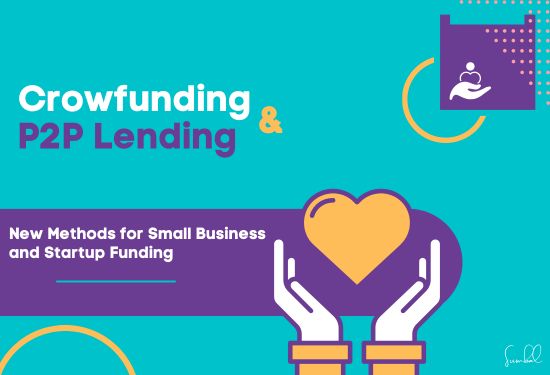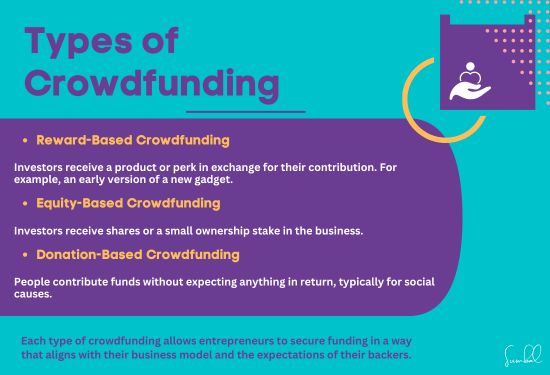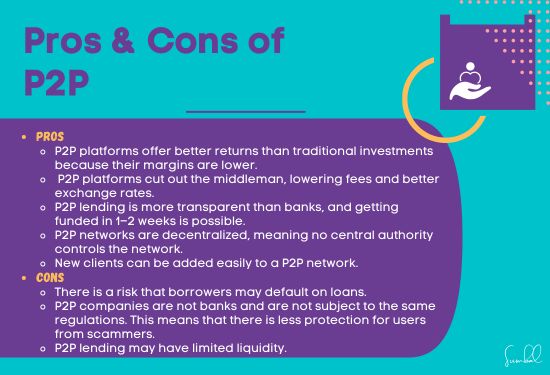Of all the aspects of growth within a small business, especially start-ups, nothing is as difficult as securing capital. It is well known that obtaining a traditional loan is difficult because of complicated credit checks and applications and the need for collateral in many situations. However, new and more effective financial sources like crowdfunding and peer-to-peer (P2P) lending activity have recently been found. The new methods present new means that an entrepreneur can source funds while contacting a diversified pool of investors.

Crowdfunding
Crowdfunding means getting many people to contribute a small amount of money online, usually for a new business venture. Businesses can use Kickstarter, Indiegogo, and GoFundMe to present ideas to the public. Anyone who finds the project interesting or worth supporting will support it. Crowdfunding is most frequently used by startup companies in creative industries and technology sectors due to the possibility of funding a project without having a massive single investor or taking a loan.

Understanding Peer-to-Peer Lending
P2P lending referrals borrowers and borrowers to anyone, using platforms like LendingClub or Prosper, without needing a middleman. It differs from other funding types, such as bank credit with a mediator in between. Borrowers may apply online, and it is the lenders, who are individuals or small groups, who decide to lend based on business prospects and borrower-related information. This system provides more opportunities, particularly in terms of interest rates, making it slightly beneficial to new ventures.
Why Small Businesses Choose Crowdfunding and P2P Lending
Businesses are using these innovative methods for the following primary reasons:
Easier Access to Capital
Crowdfunding and P2P lending usually have lower credit requirements than banks. This suits start-ups, who often need more credit history.
Increased Exposure and Marketing
Crowdfunded campaigns tend to go viral, which is a marketing advantage and visibility bonus. It assists business firms not simply in their fund-raising activity but also in their customer base.
Community and Engagement
Crowdfunding also helps startups in building a community of supporters who want to see the business grow and succeed. This network may be very useful for long-term growth and customer retention.
Flexible Repayment Options
P2P lending platforms provide more flexible repayment types and can take more risk than other lenders, which is advantageous for new venture owners.

The Impact on Entrepreneurship
Specific advances in crowdfunding and P2P lending imply that more people can finance their entrepreneurship activities. Entrepreneurs in the making no longer have to wait for their ideas to get approval from traditional institutions. They can instead take proposals directly to the public, raise money, and find a network that supports their enterprise.
Conclusion
Thus, crowdfunding and P2P lending are disrupting the business financing model and are attractive to SMEs and startups as the major target audience. These financing methods enable the parties, providing them with tools that allow one to finance dreams and the other to avoid drawbacks of existing loan systems. These trends are becoming even more apparent today, and when they are realized, the effort toward entrepreneurship creates room for innovations to surface and help boost economic growth.




